Kandy Esala Perahera: Sri Lanka's Grandest Spectacle
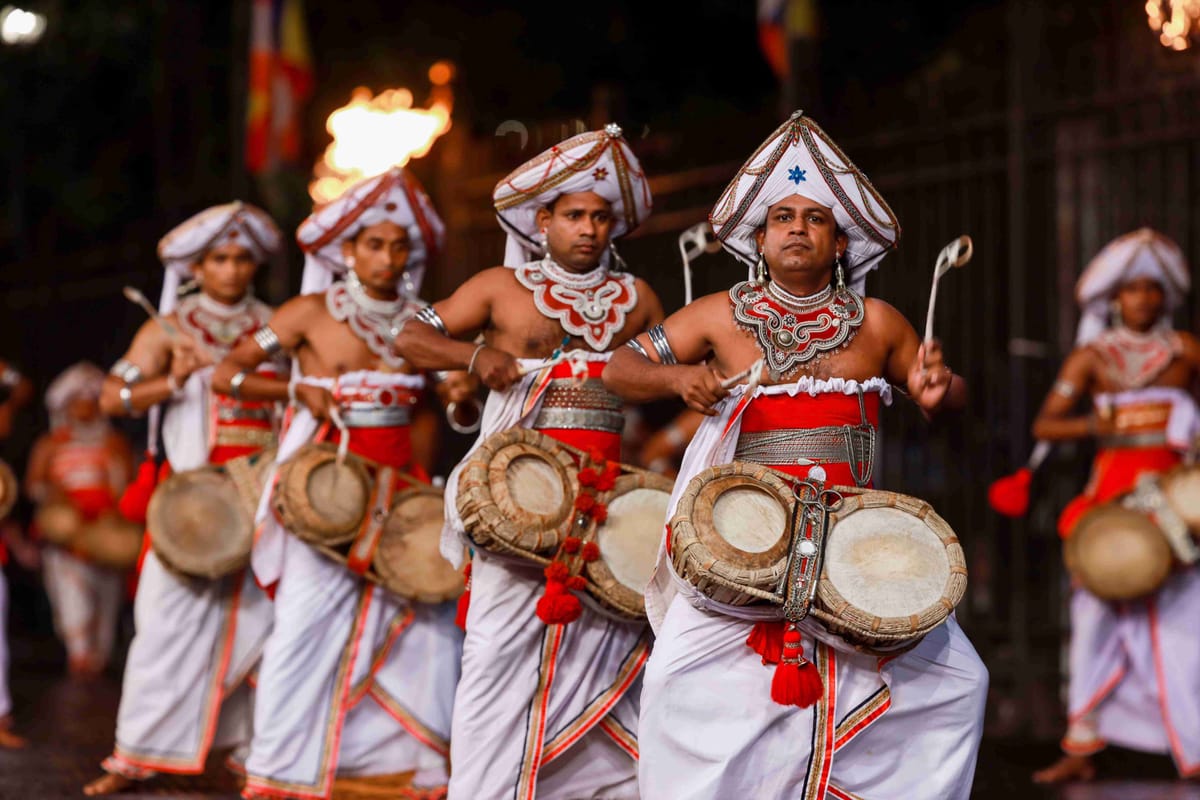
Imagine a night where the air pulses with the rhythm of ceremonial drums, fire torches flicker against ancient temple walls, and elaborately adorned elephants' parade through streets filled with wonder. This isn’t a scene from a myth, it’s the reality of the Kandy Esala Perahera, Sri Lanka’s most iconic festival. Held in the heart of the hill country city of Kandy, this celebration is more than a visual feast; it’s a sacred ritual, a vibrant tribute to the Sacred Tooth Relic of the Buddha, and a cultural heartbeat that has echoed through centuries.
Every year in July or August, thousands of locals and travelers gather to witness this epic festival that bridges spirituality and tradition. The Kandy Esala Perahera is not just a parade but a moving testament to the island's deep-rooted Buddhist heritage.
Tracing the Origins: Where History and Faith Meet
The roots of the Esala Perahera date back to ancient times when it was first celebrated to invoke rain and ensure agricultural prosperity. The transformation of this ritual into a religious procession began after the arrival of the Sacred Tooth Relic in Sri Lanka during the 4th century AD. The relic, seen as a symbol of sovereignty and spiritual authority, became the heart of the Perahera.
During the reign of King Kirthi Sri Rajasinghe in the 18th century, with the guidance of Buddhist monks, the Perahera merged the veneration of deities with the reverence of the Buddha’s relic. This union of ritual and religion gave birth to the magnificent festival we know today, blending royal grandeur, spiritual devotion, and traditional performance.
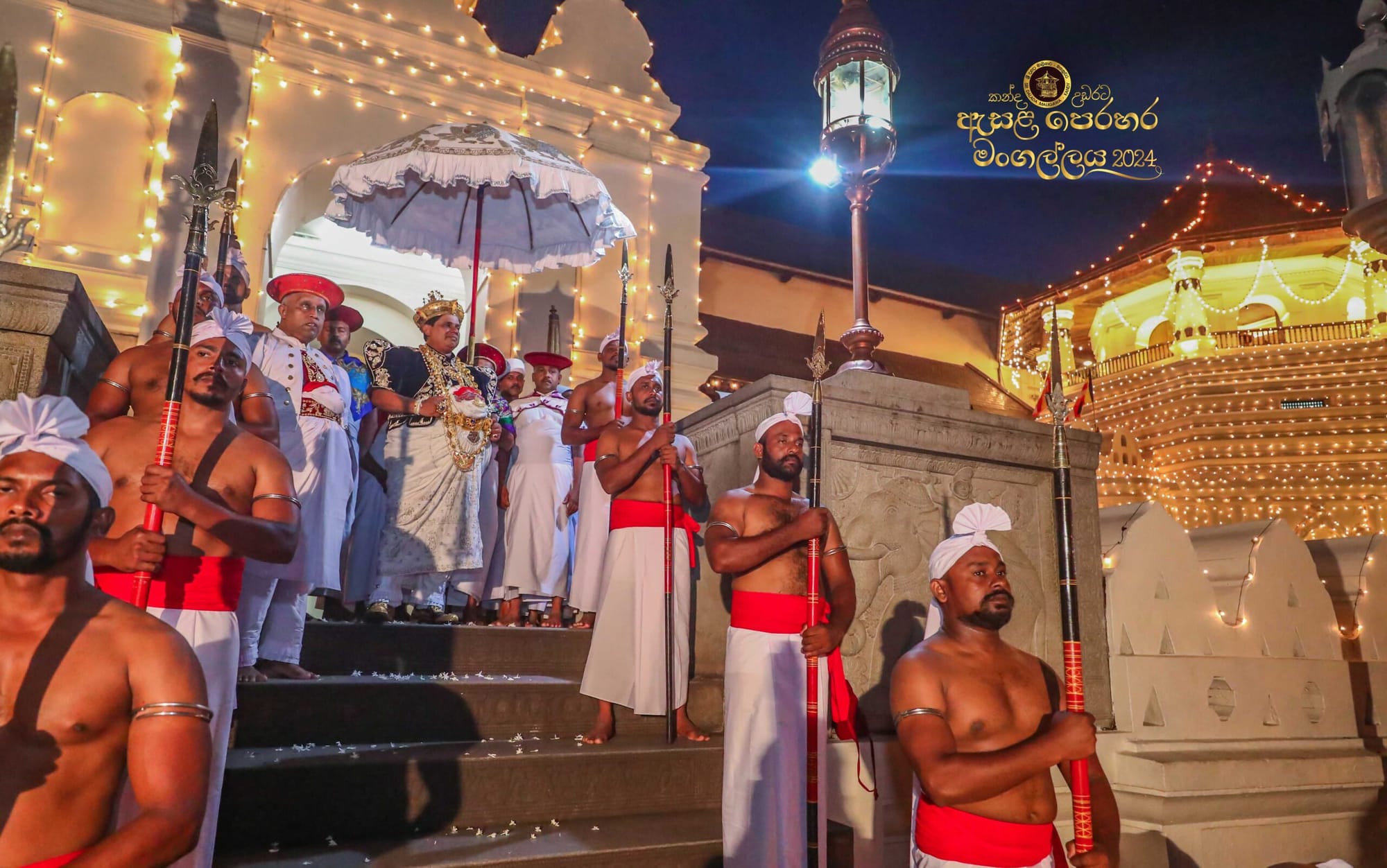
The Sacred Tooth Relic: The Soul of the Perahera
Central to the Perahera is the Sacred Tooth Relic, believed to be a fragment of the Buddha’s own tooth. It resides in the Temple of the Tooth (Sri Dalada Maligawa) in Kandy. During the Perahera, a golden casket carrying a replica of the relic is mounted atop the Maligawa Tusker n ornately dressed elephant revered for its grace and discipline. This symbolic gesture unites the faith of an entire nation in a singular, awe-inspiring moment.
Inside the Spectacle: Rituals, Elephants, and Artistry
The Perahera unfolds over ten spectacular nights, each growing in grandeur. It begins with the Kap Situveema, the ceremonial planting of a sacred tree branch that marks the beginning of festivities.
The next five nights feature the Kumbal Perahera, a series of modest yet meaningful processions aimed at warding off evil and sanctifying the city. Then comes the Randoli Perahera the final five nights of regal splendor where palanquins, dancers, and lavishly adorned elephants fill the streets in a mesmerizing flow of tradition.
The festival concludes with the Diya Kepeema, a symbolic water-cutting ceremony at dawn, and a final Day Perahera held under the sun’s watchful gaze.
What You'll Witness: A Living Cultural Mosaic
- The Maligawa Tusker: The most anticipated figure, this majestic elephant carries the sacred casket with reverence and is decorated in stunning regalia.
- The Diyawadana Nilame: The chief lay custodian of the Temple, dressed in ceremonial Kandyan attire, leads the procession, symbolizing cultural continuity.
- The Elephants: Dozens of elephants join the procession, each elaborately dressed and painted in traditional designs.
- The Dancers: Traditional Kandyan dancers bring ancient rituals to life with forms like Ves, Pantheru, Uddekki, and Naiyandi each movement a story passed down generations.
- The Drummers: Traditional percussionists fill the air with hypnotic rhythms using instruments like Geta Beraya, Dawula, and Tammattama.
- Torchbearers, Flag Bearers, and Fire Performers: They light up the night with flames, acrobatics, and color, creating an unforgettable sensory experience.
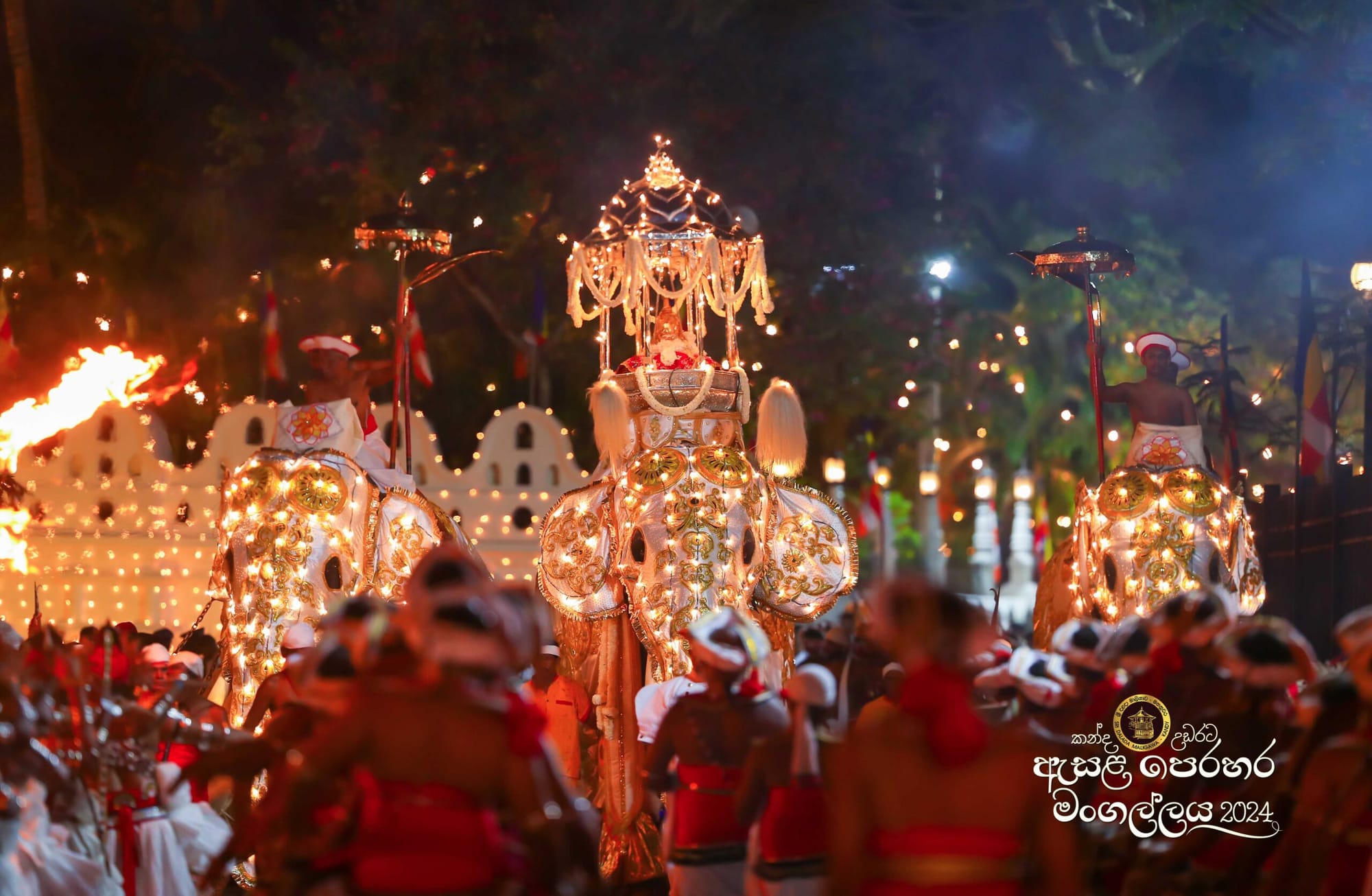
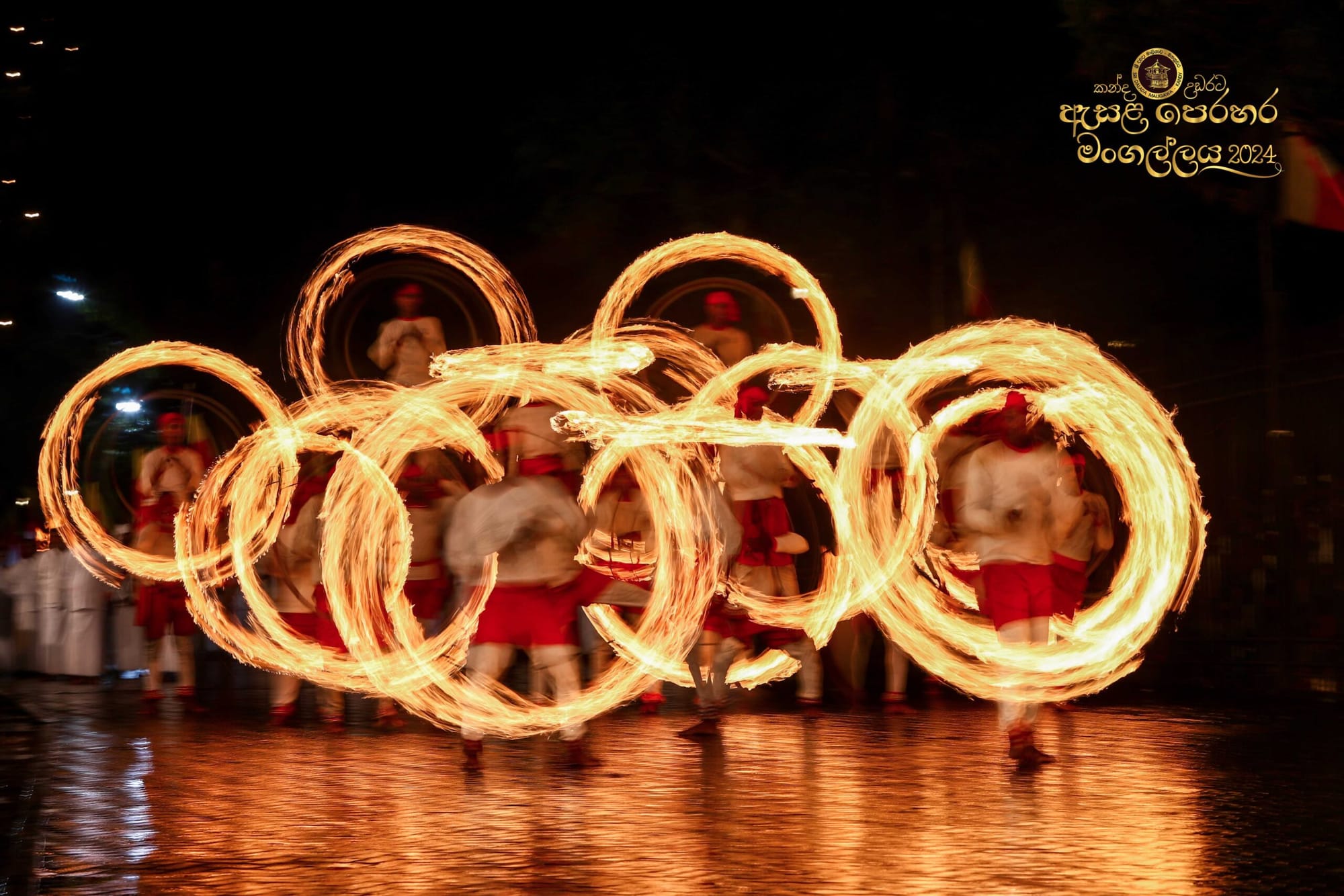
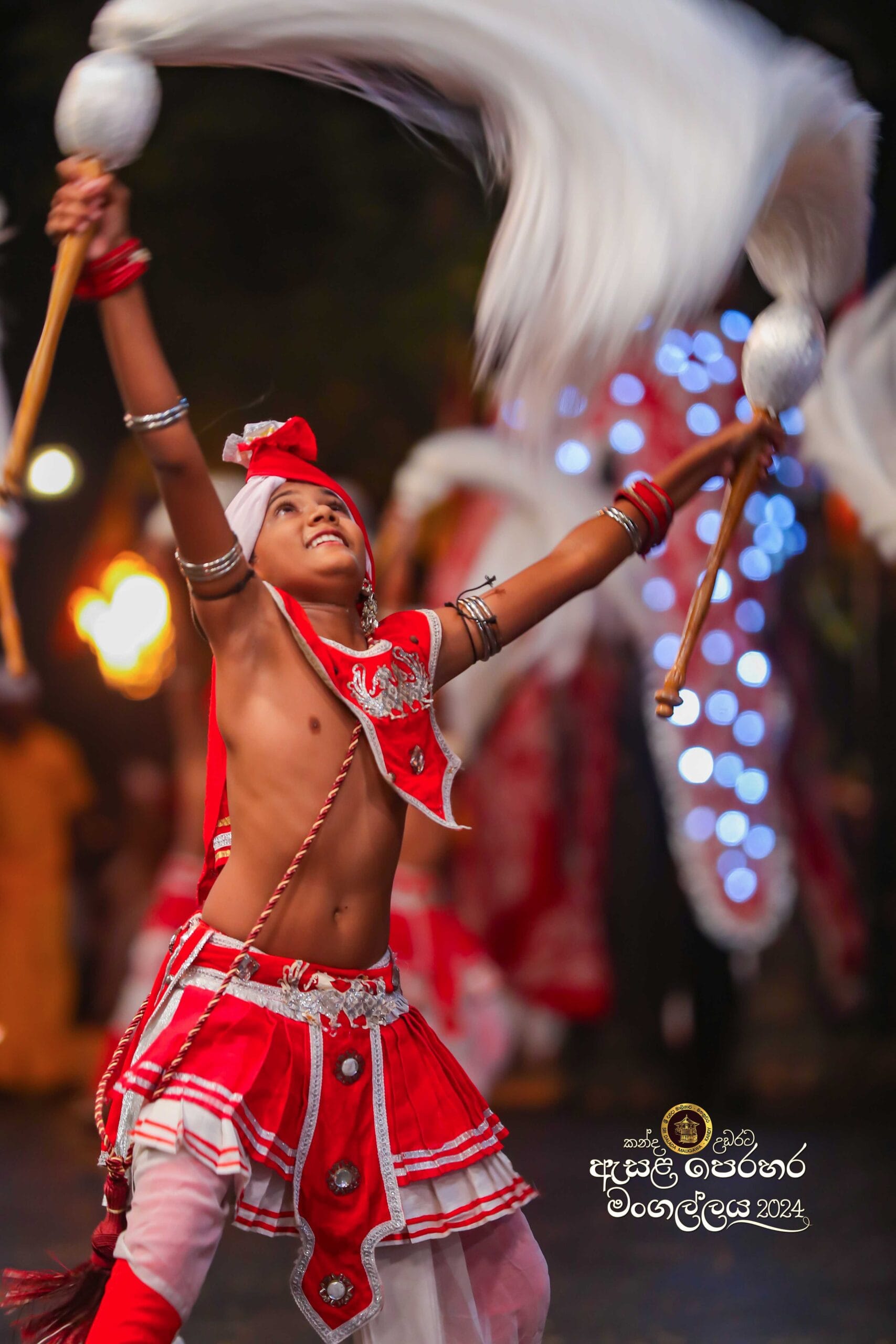
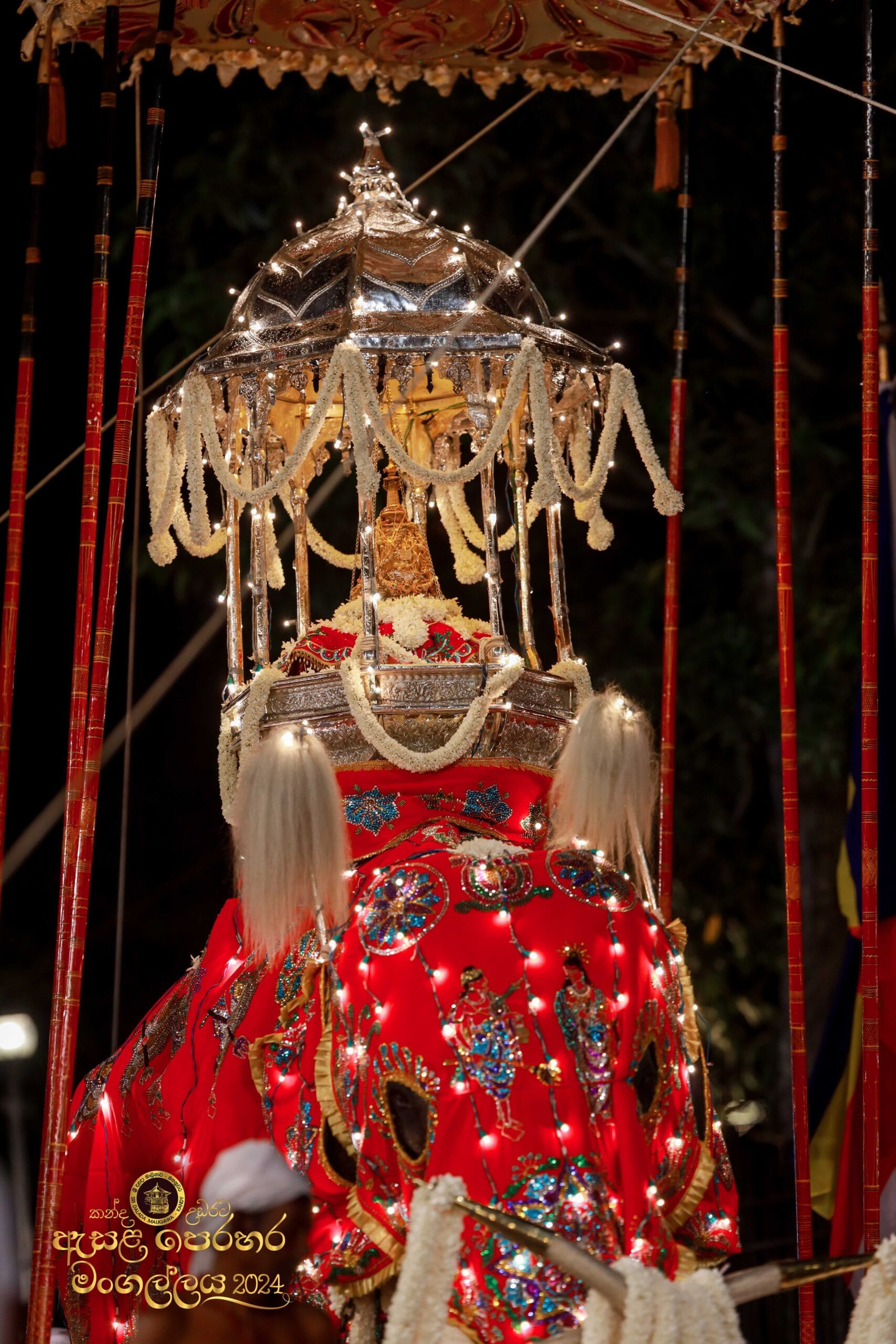
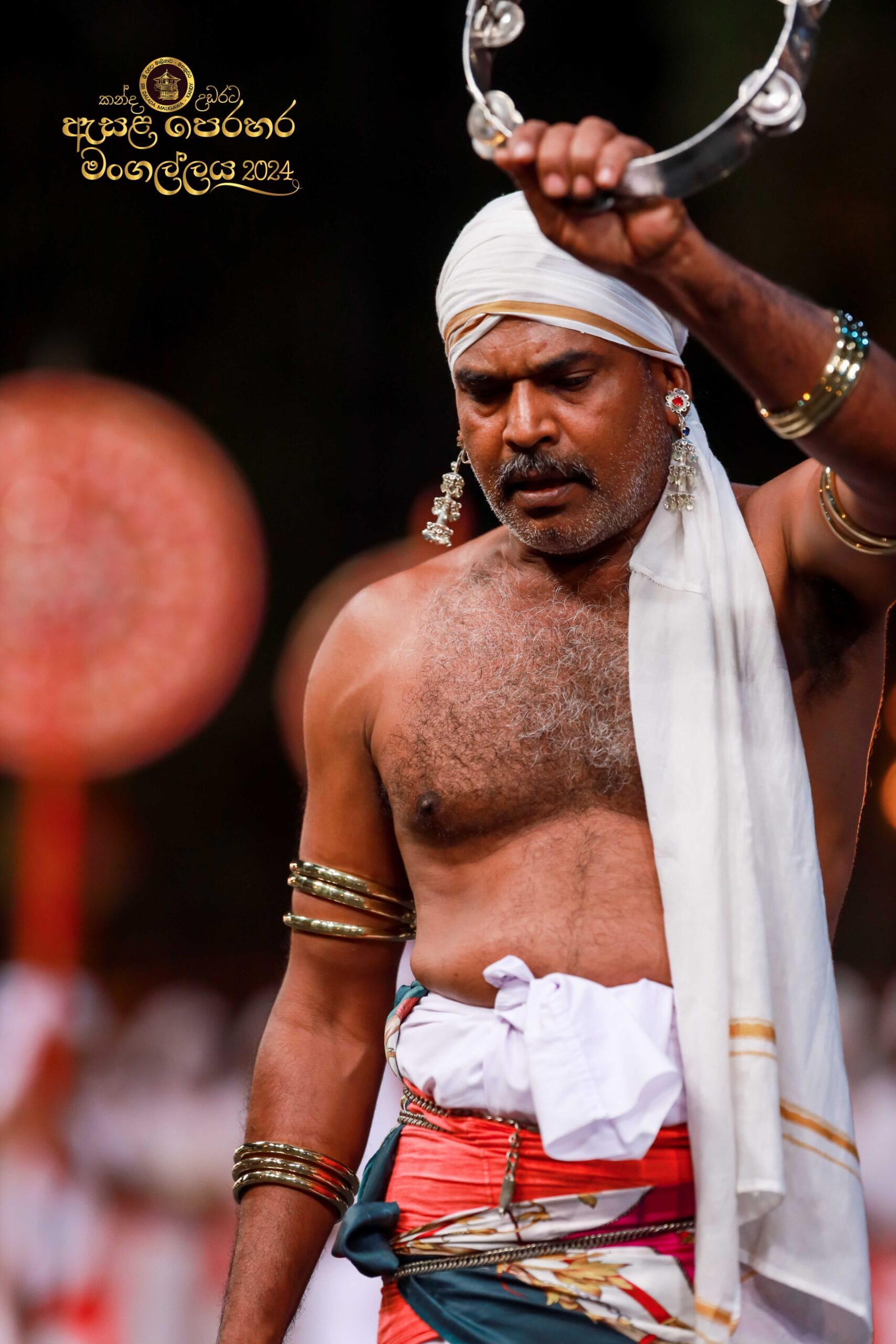
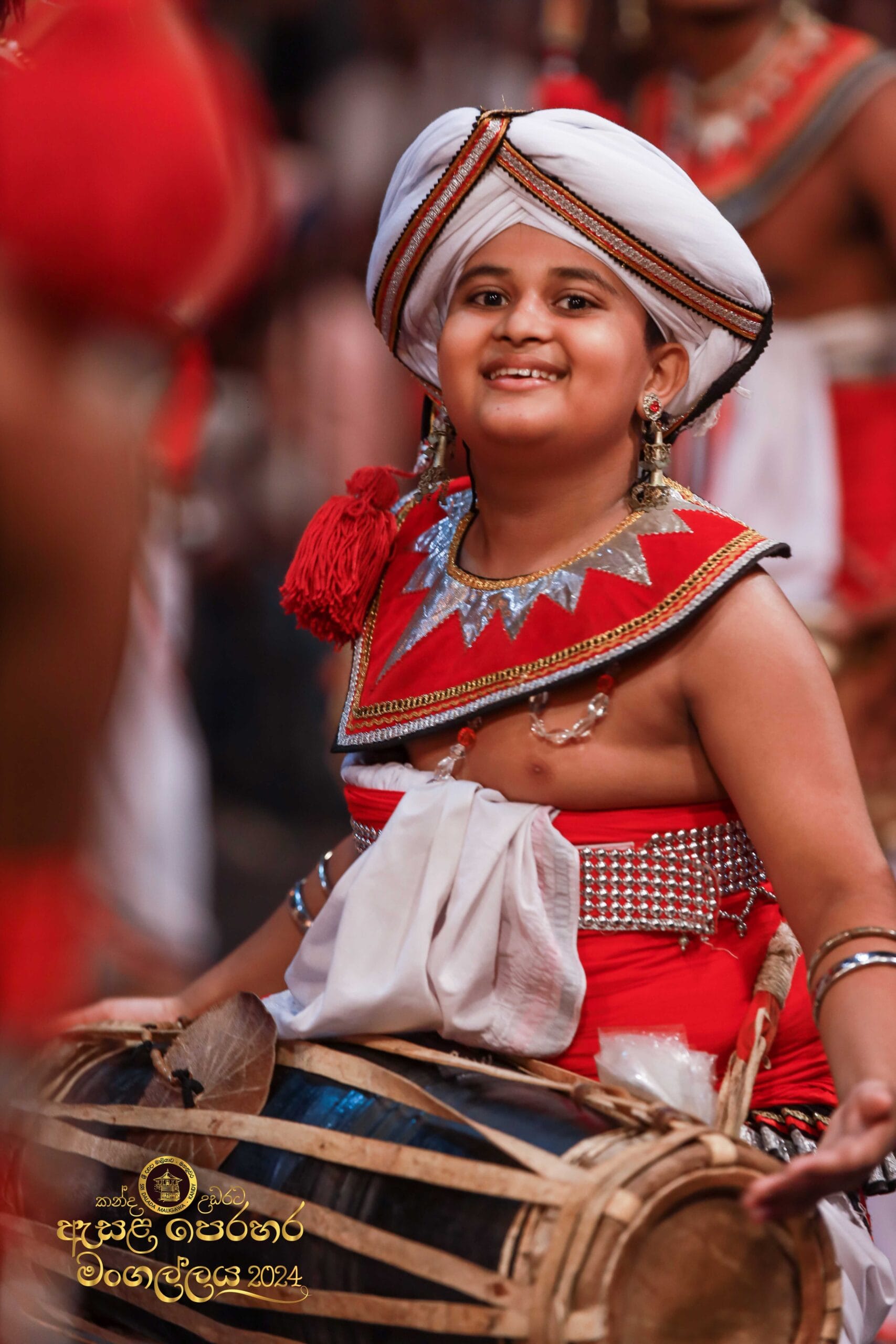
Kandy Esala Perahera | kandyesalaperahera.com
Why It Matters: Cultural Significance and Spiritual Depth
Beyond its grandeur, the Perahera is a sacred moment of worship and cultural preservation. It honors the Buddha, seeks blessings for prosperity, and showcases the harmony of diverse Sri Lankan communities. It also acts as a vibrant platform for preserving centuries-old art forms, music, and religious traditions.
Traveler’s Guide to Experiencing the Perahera
- Timing: Held in July or August based on the lunar calendar, check the official dates here each year.
- Accommodation: Book your stay months in advance as hotels fill up quickly.
- Viewing Spots: Choose between free public spaces or paid, reserved seats along the route. Reserved seating usually includes amenities but costs more.
- Arrival Time: For public areas, arrive by early afternoon to claim a good spot. Bring water, snacks, and a mat.
- Dress Code: Respect local customs, wear modest clothing when visiting temples or attending the festival.
- Photography Tips: Be mindful, avoid obstructing views and limit flash photography.
The Kandy Esala Perahera is not just a festival, it’s a spiritual journey, a cultural phenomenon, and a dazzling performance. In every drumbeat, every torchlight flicker, and every step of the adorned elephants, lies a story centuries in the making.
For those who seek to experience Sri Lanka’s soul, the Perahera offers more than just a glimpse, it invites you into its heartbeat. Come witness the magic. Let your Sri Lankan story begin here.
